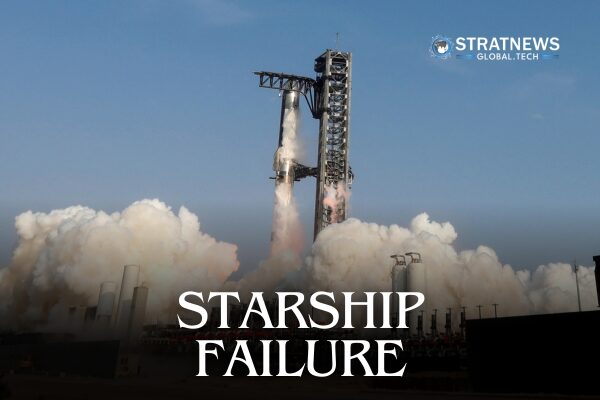SpaceX Starship Launches Successfully But Faces Mid-Flight Issues
SpaceX launched its towering Starship rocket from Texas on Tuesday, 27 May. While the rocket initially soared into space, it later lost control mid-flight. The mission did not meet several of its core testing targets, presenting new technical challenges for Elon Musk’s Mars project.
Starship stands at 400 feet (122 metres) tall. It forms a central part of Musk’s vision to eventually send humans to Mars. The rocket took off from SpaceX’s launch site in Starbase, Texas, marking its ninth full test flight since April 2023. This launch was notable as the upper-stage cruise vessel was carried into space atop a booster that had flown before. This was the first time SpaceX used a previously flown booster for a Starship mission.
Reusability Tested But Splashdown Fails
During the mission, SpaceX aimed to demonstrate the lower-stage booster’s ability to return safely. However, the company lost contact with the 232-foot booster during its descent. It ultimately crashed into the sea instead of making the controlled splashdown that engineers had hoped for.
The reusability of this part of the rocket is vital for the long-term cost and success of the Starship programme. Although the launch surpassed the points at which earlier attempts had failed, including incidents that scattered debris over Caribbean islands and disrupted air traffic, the splashdown was a key objective.
Upper Stage Spins Out After Payload Failure
After separating from the booster, the upper-stage Starship continued its journey into suborbital space. However, about 30 minutes into the flight, the spacecraft started to spin out of control. This marked a major deviation from the mission plan.
SpaceX had intended to deploy eight mock Starlink satellites during this flight. These were to be released using a mechanism likened to a Pez candy dispenser. Unfortunately, the system malfunctioned, and the satellites were not deployed. The failure of this payload mechanism added to the list of unresolved technical issues.
This test adds pressure on SpaceX as it pushes forward with its Mars ambitions, with more refinement needed before future missions can meet their full objectives.
with inputs from Reuters


